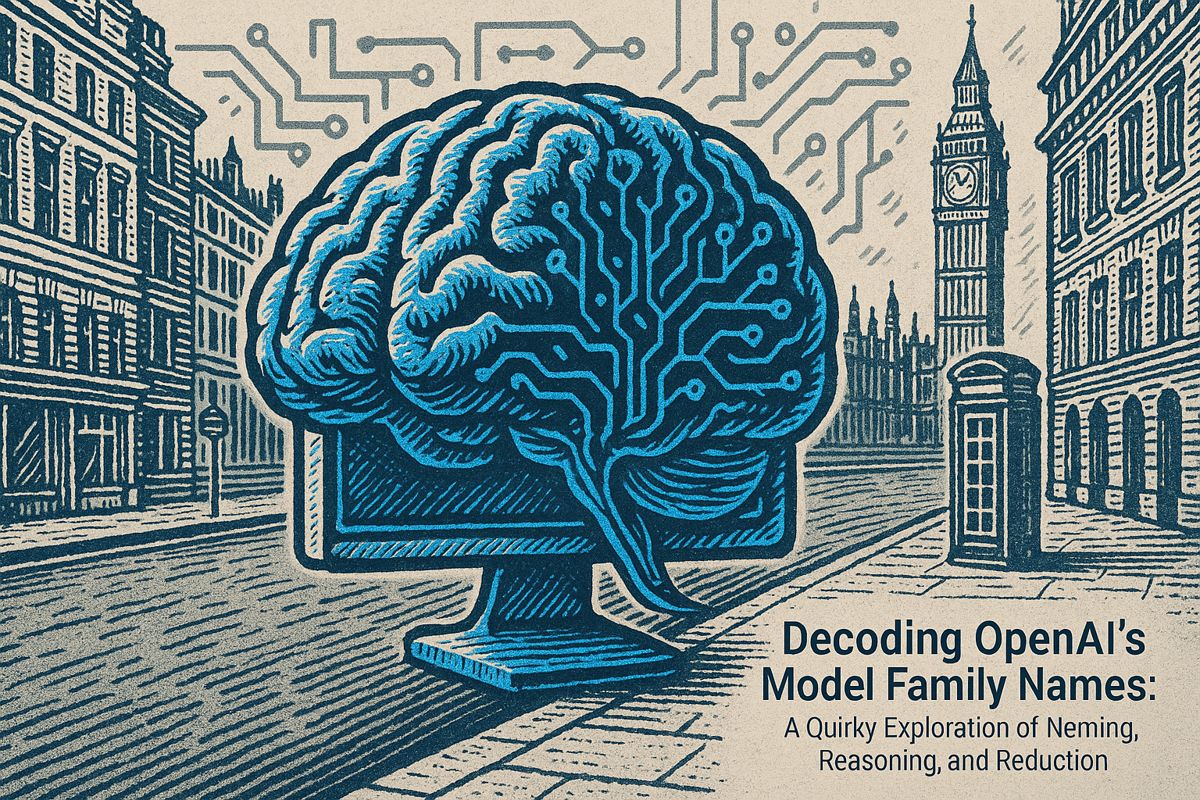AI is now a major force in creating and sharing online content, streamlining everything from brainstorming to publishing. Over 80% of marketers use AI tools, and almost three-quarters of new webpages have some AI-written text. While content gets made faster and personalized for readers, people are starting to want clear signs of what’s written by AI. As AI gets better at blending in, both detection tools and special labels are popping up to keep things honest. Meanwhile, jobs that mix human creativity and AI skills are growing fast, as content teams adapt to this new reality.
How is AI changing content creation and consumption in 2025?
AI now powers every stage of content creation, from ideation and drafting to editing and distribution. Over 80% of marketers use AI tools, leading to faster publishing and more personalized content. While 74% of webpages contain AI-generated text, readers increasingly demand transparency and authenticity.
AI now sits at every workstation where content is born. On average, 80 % of global marketers have embedded AI tools somewhere in their workflow in 2025, according to a survey summarized by Siege Media, and the reach goes far beyond a quick spell-check.
The six-step AI assembly line
| Stage | Typical AI Involvement | Human Spark Still Needed |
|---|---|---|
| *Ideation * | Prompt-driven topic clusters, SERP gap analysis | Editorial judgment on brand fit |
| *Drafting * | 57 % of marketers let models write first cuts | Voice, storytelling arcs |
| *Editing * | Grammar, clarity, SEO meta tags auto-suggested | Tone calibration, nuance |
| *Fact-checking * | Rapid citation look-ups | Legal/compliance review |
| *Personalization * | Dynamic headlines for micro-audiences | Cultural sensitivity |
| *Distribution * | Auto-scheduling across channels, A/B subject lines | Community engagement |
The result: pages go live faster, yet 74 % of new webpages now contain some machine-generated text, a figure Typeface.ai derived from crawling more than 100 million URLs since January.
Traffic seesaws and conversion surprises
- Organic CTR fell 15–35 % for most queries as answers appear above the link list.
- Conversions jumped 4.4× among the smaller pool of visitors who do click, because AI summaries pre-qualify intent.
Put differently, reach shrinks but quality rises – a trade-off content teams are learning to price into their funnels.
Detection arms race
Tools such as GPTZero, QuillBot and ZeroGPT claim 80–97 % accuracy in lab tests. Yet adversarial prompting, hybrid human-AI edits, and the newest GPT-4o-mini outputs already slip past many filters. Platforms now pair detectors with mandatory watermarks and metadata tags – tactics echoed in China’s forthcoming labeling law that takes effect 1 September 2025.
The authenticity ledger
Audiences are beginning to ask, “Who really wrote this?” A mid-year poll of 1,200 U.S. readers showed 62 % want a visible disclosure when text is majority AI-authored; 28 % say they would distrust a brand that hides the fact. Publishers from Condé Nast to Substack have responded with byline badges: “Co-created with AI.”
Talent pivot
While agencies debate disclosure, job boards tell another story. LinkedIn listings for “AI content strategist” roles rose 310 % year-over-year, and median salaries now track 18 % above traditional content-manager posts, reflecting the premium on hybrid human-machine fluency.
The cycle keeps tightening: faster creation, tighter detection, heavier regulation, sharper skills. The only constant is that the next draft – whatever the source – will reach readers through a pipeline that is already, invisibly, AI-native.
How pervasive is AI in today’s content creation pipeline?
In 2025, more than 80 % of global marketers say they now rely on AI tools at every stage of making content – from the first brainstorm to the final Tweet. The numbers break down like this:
- 71.7 % use AI to outline articles
- 68 % turn to it for initial ideas
- 57.4 % let it draft entire paragraphs or scripts
In practical terms, almost three-quarters of all new webpages (74.2 %) contain at least some AI-generated text. For creators, the shift feels less like a single step and more like a new layer of infrastructure that quietly speeds up every task.
What does the rise of AI-driven search overviews mean for website traffic?
Google’s AI Overviews and similar “zero-click” answers are already reshaping traffic. A 2025 study of commercial queries shows:
- Average organic CTR drops 15 – 35 % when an AI summary appears at the top
- In extreme cases, traffic for high-volume keywords can fall up to 64 %
- Yet the visitors who do click often convert 4.4× better than classic search traffic
Bottom line: raw visitor counts are down, but the remaining audience is more qualified and engaged.
How are creators balancing speed with authenticity?
Speed is no longer the only metric. Early adopters report a three-step workflow that keeps the human element intact:
- Idea & Outline – AI suggests angles in seconds
- Draft & Refine – Writers rewrite or re-prompt to keep tone unique
- Detect & Disclose – Tools like Originality.AI or GPTZero check the final copy, and creators add a visible label if the text is largely AI-generated
This blended approach keeps production fast while preserving the voice audiences trust.
Which new regulations shape how AI content must be labeled?
Three major jurisdictions have set 2025 deadlines:
- China: Starting 1 September 2025, every AI-generated article, image or video must carry a visible label and embedded metadata identifying the model used.
- United States (federal): The AI Labeling Act of 2023 (S.2691) is still winding through Congress; it would require clear disclosures and set up an oversight working group within NIST.
- California: AB 2013 takes effect 1 January 2026, obliging developers to publish training-data documentation and to flag AI outputs that closely resemble human content.
Together, these rules push marketers toward routine disclosure – whether or not the tool auto-labels for them.
What challenges remain in spotting fully AI-written material?
Detection accuracy has improved – top tools now reach 80 – 97 % – but the race is far from over. Researchers note:
- Short posts, poems and code still trip up detectors
- Multilingual text cuts accuracy by up to 20 %
- Adversarial prompts can teach models to mimic human quirks, making false negatives more common
The takeaway: detectors are useful, yet human oversight and clear labeling remain the safest safeguards for brands that prize authenticity.



















